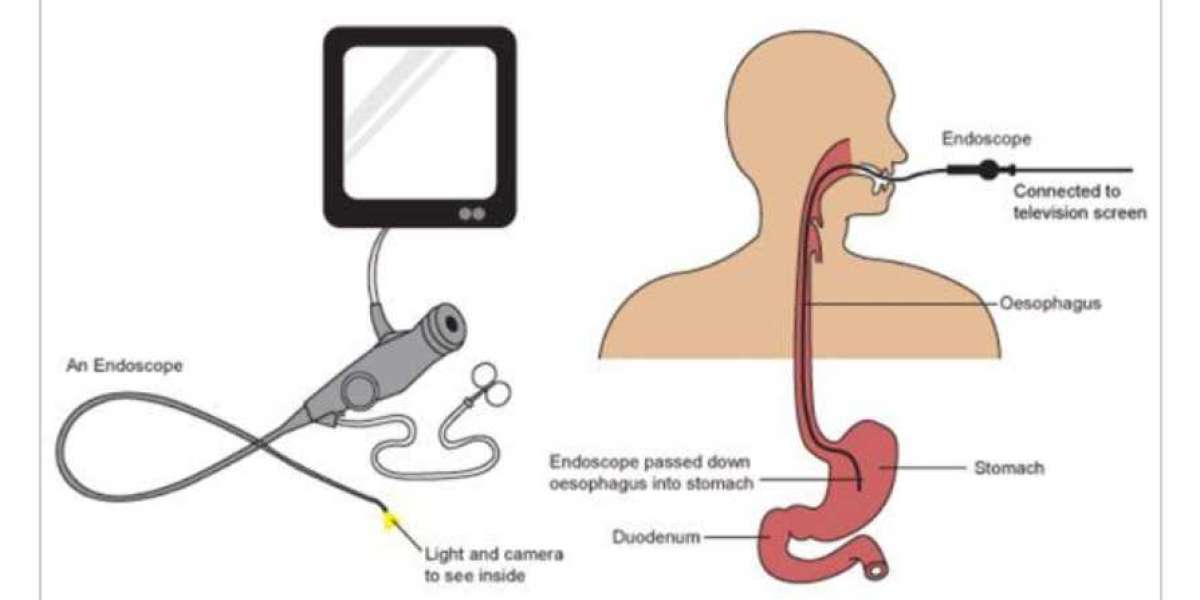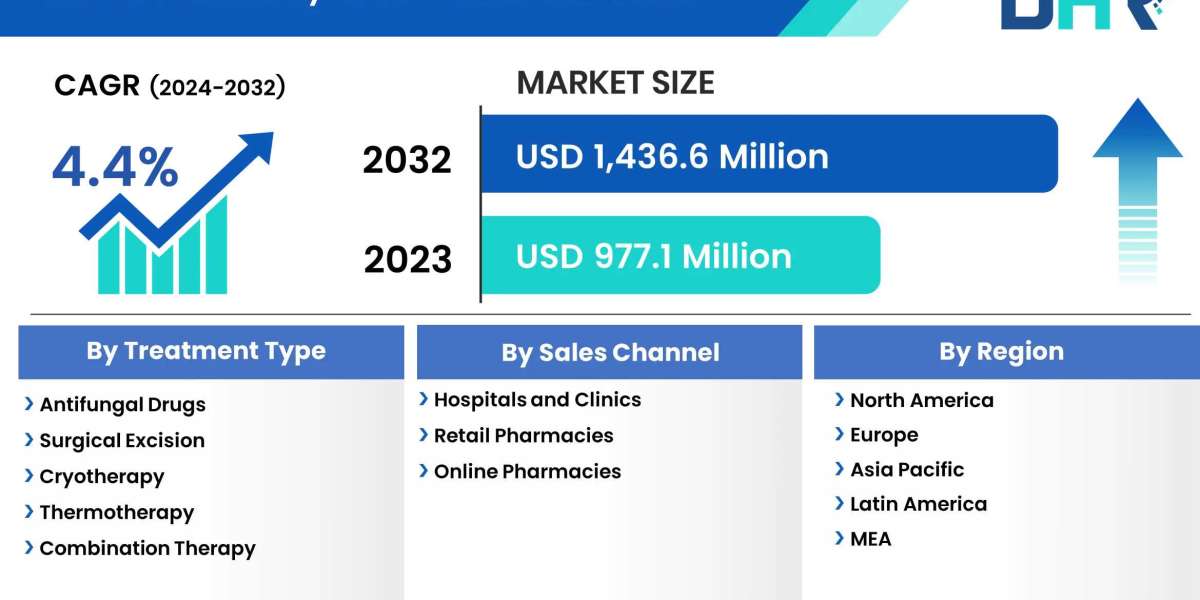Gastroscopy, also known as upper endoscopy, is a vital procedure in gastroenterology used to diagnose and treat conditions affecting the upper gastrointestinal tract. During a gastroscopy, a flexible or rigid endoscope is inserted through the mouth and down the esophagus to visualize the lining of the esophagus, stomach, and duodenum. In addition to the endoscope, several specialized instruments are utilized to facilitate the procedure and obtain diagnostic samples. Let's explore the essential endoscopy instruments used to perform a gastroscopy, their functions, and their role in ensuring successful outcomes for patients.
Overview of Gastroscopy
Gastroscopy is a minimally invasive procedure that provides direct visualization of the upper gastrointestinal tract, allowing for the detection of abnormalities such as inflammation, ulcers, tumors, and bleeding. It is commonly used to diagnose conditions such as gastroesophageal reflux disease (GERD), peptic ulcers, gastritis, and Barrett's esophagus. Gastroscopy is also performed for therapeutic purposes, such as the removal of polyps, treatment of bleeding ulcers, and placement of stents.
Essential Instruments for Gastroscopy
Several specialized instruments are used during a gastroscopy to facilitate visualization, obtain tissue samples for biopsy, and perform therapeutic interventions. These instruments include:
1. Gastroscopes:
- Gastroscopes are specialized endoscopes designed for use in gastroscopy procedures.
- They consist of a long, flexible tube with a light source and camera at one end, allowing for direct visualization of the upper gastrointestinal tract.
- Gastroscopes may be flexible or rigid, depending on the specific requirements of the procedure.
2. Biopsy Forceps:
- Biopsy forceps are used to obtain tissue samples (biopsies) from the lining of the esophagus, stomach, or duodenum.
- These forceps come in various designs, including cup forceps and alligator forceps, and are inserted through a channel in the endoscope.
- Biopsy samples are collected for histological examination to diagnose conditions such as cancer, inflammation, or infection.
3. Air and Water Pumps:
- Air and water pumps are used to insufflate air or water into the gastrointestinal tract to improve visualization and facilitate the passage of the endoscope.
- Air insufflation helps to expand the stomach and duodenum, providing a clearer view of the mucosal surface.
- Water irrigation is used to clean the mucosal surface and remove debris or secretions.
4. Suction Devices:
- Suction devices are used to remove excess saliva, mucus, or fluid from the upper gastrointestinal tract during the procedure.
- They help to maintain a clear field of view for the endoscopist and prevent obstruction of the envision endoscopy.
5. Light Source and Camera:
- A high-intensity light source and camera are integral components of the gastroscopy equipment.
- The light source illuminates the gastrointestinal tract, allowing for optimal visualization of the mucosal surface.
- The camera captures high-definition images and transmits them to a monitor, enabling the endoscopist to examine the mucosa in detail.
Detailed Description of Instruments
Gastroscopes:
- Flexible gastroscopes are the most commonly used type of endoscope for gastroscopy procedures.
- They consist of a flexible, narrow tube with a light source, camera, and working channel.
- The flexible design allows for easier maneuverability and navigation through the gastrointestinal tract, resulting in less discomfort for the patient.
Biopsy Forceps:
- Biopsy forceps are available in various sizes and configurations, depending on the specific area of the gastrointestinal tract being biopsied.
- Cup forceps are commonly used to obtain mucosal biopsies, while alligator forceps are used to grasp and remove polyps or foreign bodies.
- Biopsy samples are collected in specimen containers and sent to the pathology laboratory for analysis.
Air and Water Pumps:
- Air pumps deliver controlled bursts of air into the gastrointestinal tract to distend the lumen and improve visualization.
- Water pumps provide a continuous flow of water for irrigation and cleaning of the mucosal surface.
- The use of air and water pumps enhances the endoscopist's ability to identify abnormalities and perform therapeutic interventions.
Suction Devices:
- Suction devices are attached to the endoscope's working channel and are used to aspirate fluid and debris from the gastrointestinal tract.
- They help to maintain a clear field of view and prevent obstruction of the endoscope's vision.
- Suction devices are particularly useful during therapeutic procedures, such as the removal of blood clots or debris from bleeding ulcers.
Light Source and Camera:
- The light source provides bright, uniform illumination of the gastrointestinal tract, allowing for optimal visualization of the mucosal surface.
- The camera captures high-definition images and transmits them to a monitor in real-time, enabling the endoscopist to examine the mucosa in detail.
- Advanced imaging technologies, such as narrow-band imaging (NBI) and autofluorescence imaging (AFI), enhance the detection of subtle mucosal abnormalities and improve diagnostic accuracy.
Role of Instruments in Gastroscopy Procedure
During a gastroscopy procedure, each instrument plays a critical role in facilitating visualization, obtaining diagnostic samples, and performing therapeutic interventions. The gastroscopes provide direct visualization of the upper gastrointestinal tract, while biopsy forceps are used to obtain tissue samples for histological examination. Air and water pumps help to distend the lumen and improve visualization, while suction devices remove excess fluid and debris from the gastrointestinal tract. The light source and camera enable the endoscopist to examine the mucosal surface in detail and detect abnormalities such as ulcers, tumors, or inflammation.
Advances and Innovations in Gastroscopy Instruments
In recent years, there have been significant advancements in gastroscopy instrumentation, driven by technological innovation and research. These advancements aim to improve procedural efficiency, enhance diagnostic accuracy, and reduce patient discomfort. Some notable advances include:
- High-Definition Imaging: Modern gastroscopes are equipped with high-definition cameras and advanced imaging technologies, such as narrow-band imaging (NBI) and autofluorescence imaging (AFI), which enhance the visualization of subtle mucosal abnormalities and improve diagnostic accuracy.
- Endoscopic Ultrasound (EUS): Endoscopic ultrasound (EUS) combines endoscopy with ultrasound imaging to visualize the layers of the gastrointestinal wall and adjacent structures. EUS is particularly useful for staging gastrointestinal cancers and evaluating lesions that are not visible on conventional endoscopy.
- Therapeutic Endoscopy: Advances in therapeutic endoscopy have expanded the scope of interventions that can be performed during a gastroscopy procedure. Therapeutic techniques include endoscopic mucosal resection (EMR), endoscopic submucosal dissection (ESD), stent placement, and hemostasis for the treatment of bleeding ulcers.
- Capsule Endoscopy: Capsule endoscopy is a minimally invasive imaging technique that uses a wireless capsule containing a camera to visualize the entire gastrointestinal tract. Capsule endoscopy is particularly useful for evaluating small bowel disorders, such as Crohn's disease, obscure gastrointestinal bleeding, and small bowel tumors.
Conclusion
In conclusion, gastroscopy is a valuable diagnostic and therapeutic procedure in gastroenterology, allowing for direct visualization of the upper gastrointestinal tract and the performance of various interventions. The instruments used during a gastroscopy procedure play a crucial role in facilitating visualization, obtaining diagnostic samples, and performing therapeutic interventions. Advances in gastroscopy instrumentation have led to improvements in procedural efficiency, diagnostic accuracy, and patient outcomes. By staying abreast of these advancements and incorporating them into clinical practice, healthcare providers can continue to enhance the quality and effectiveness of gastroscopy procedures for the benefit of their patients.



